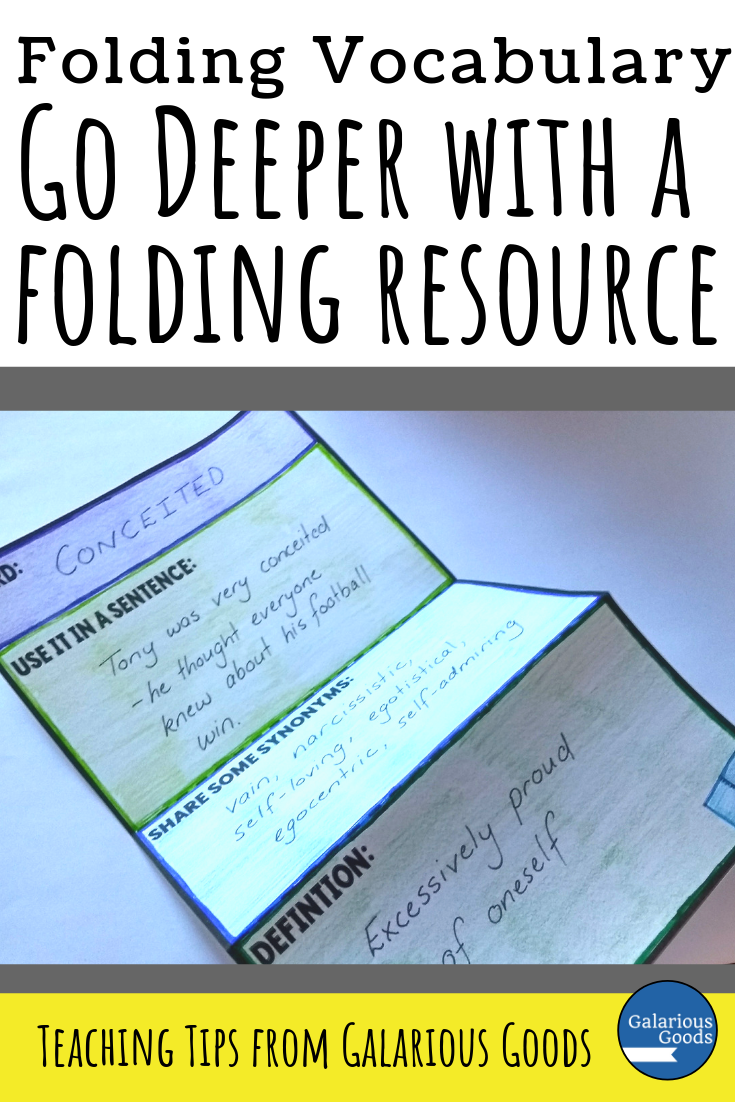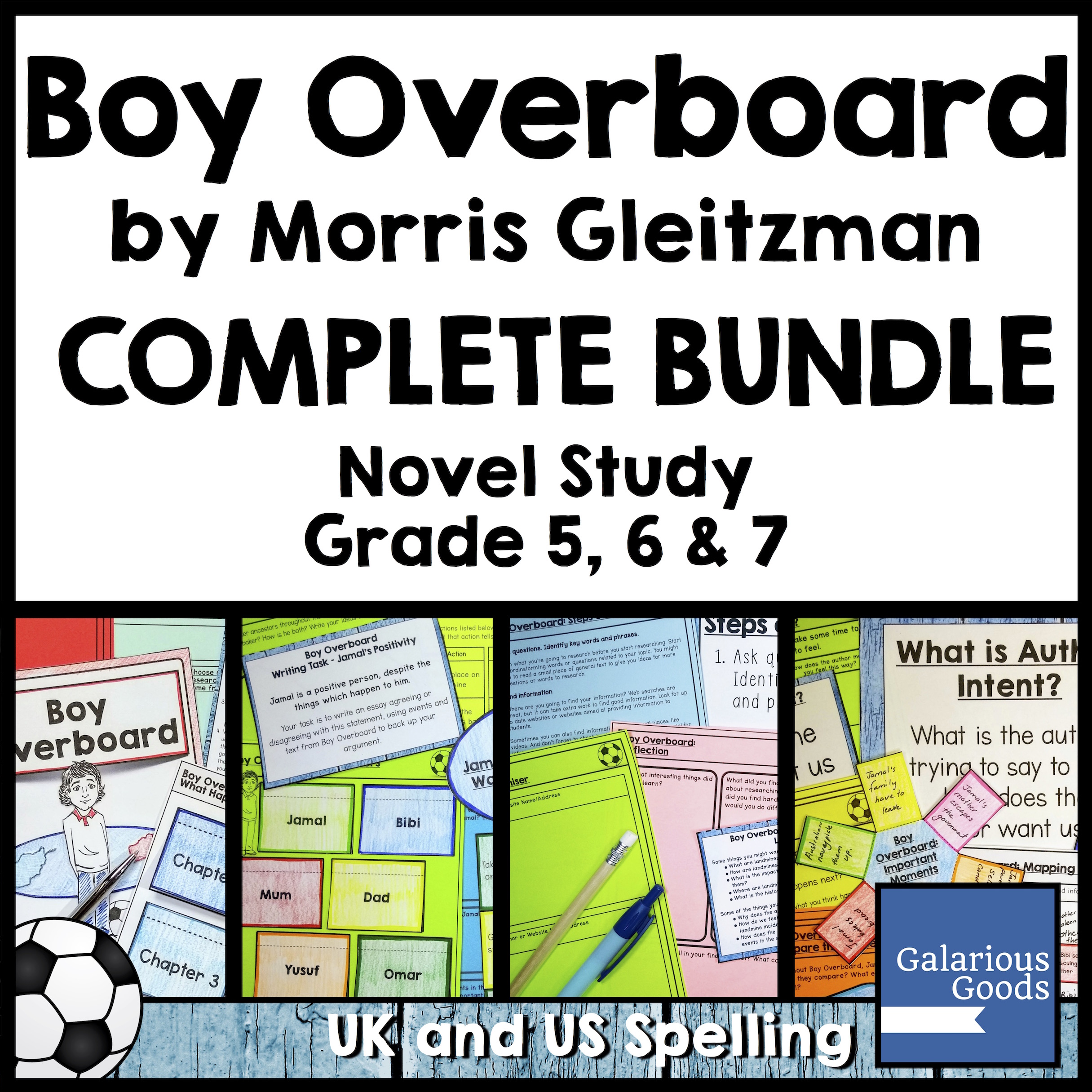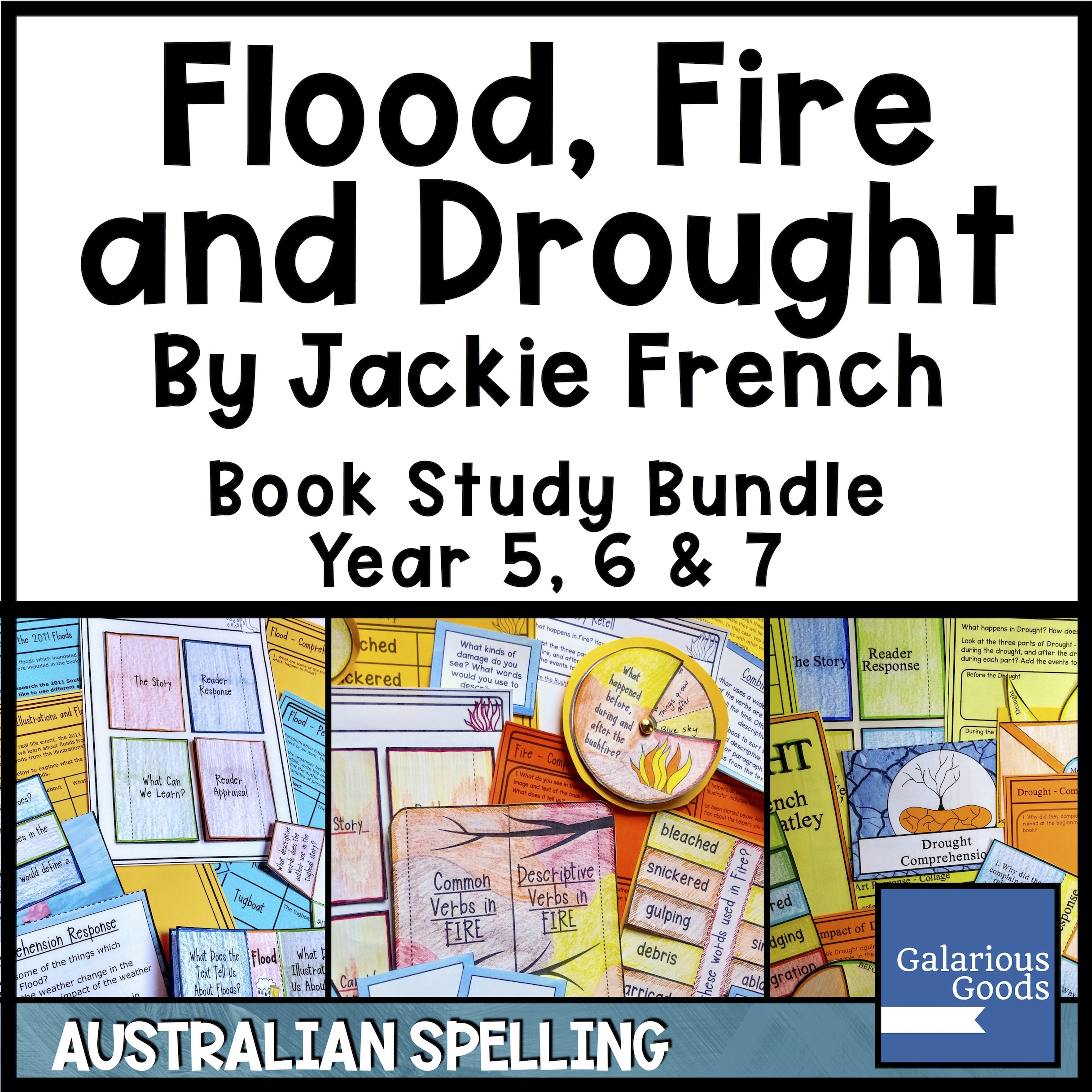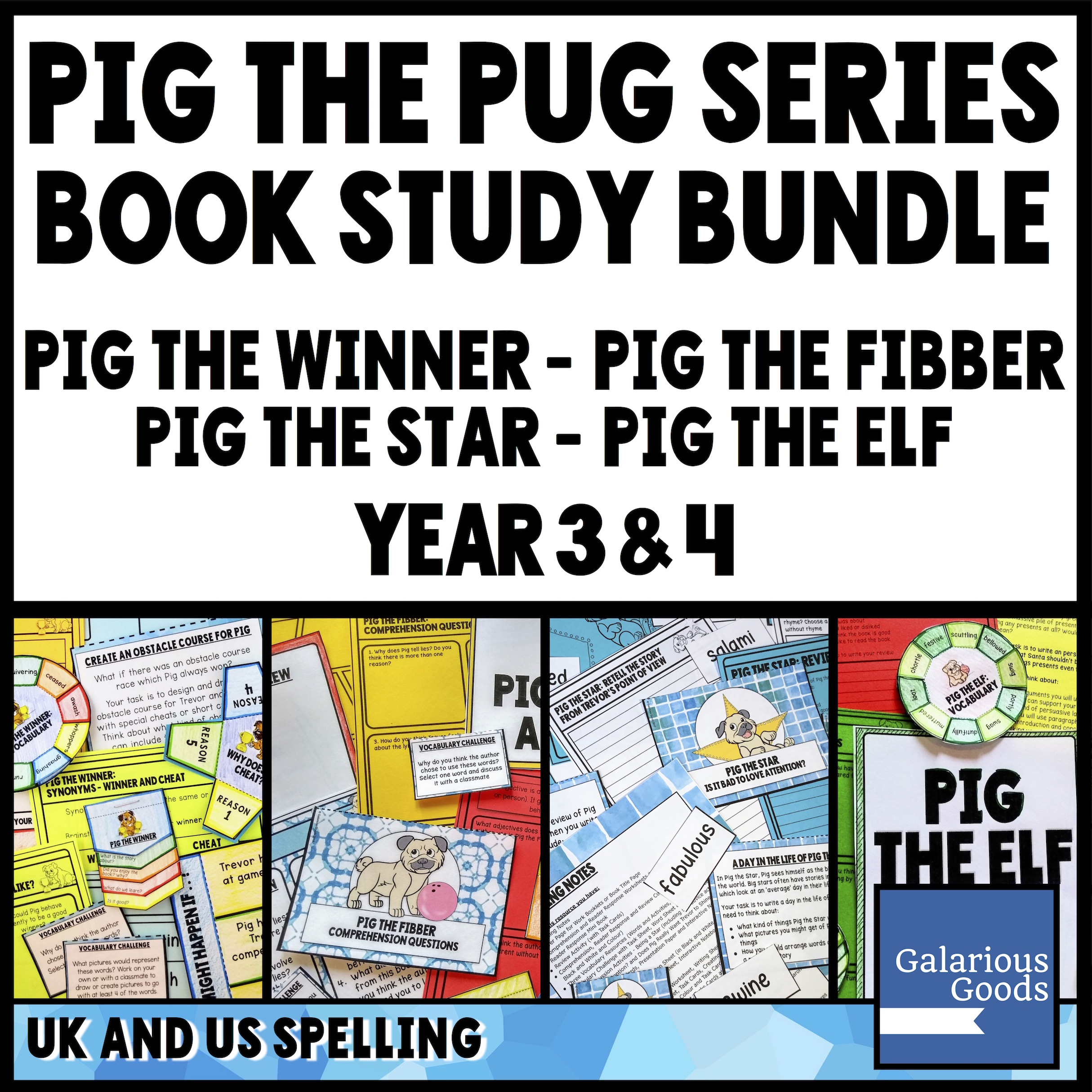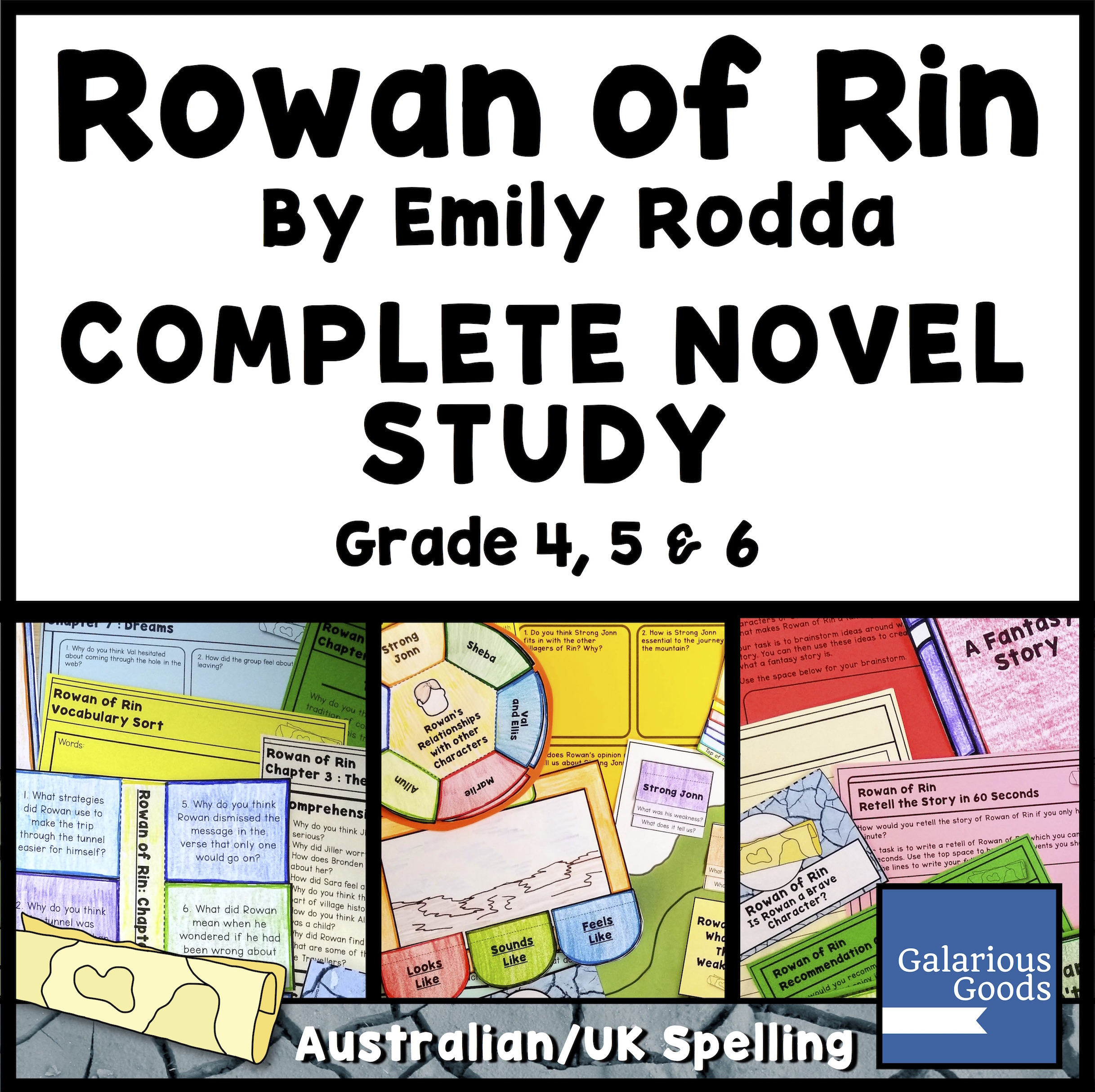3 Ways to Engage Students with Folding Vocabulary Lessons
/Over the last few months I've discovered interactive notebooks and folding resources - and I've fallen hard for them! I love the ways you can combine folding, colouring, words and ideas to create an interactive resource which helps students to explore and engage with the topic they are learning.
One area I love using interactive notebook resources with is novel studies. I've included them in all my most recent ones, updated some old resources to include them and plan to update the remaining ones! I especially love using them with vocabulary. Which made me think - what are some different ways to explore vocabulary using folding resources?
This is the main way I use folding resources in vocabulary resources. Students begin with one or two 'wheels' with a number of different sections. In most of my resources they use these wheels to connect the vocabulary words and the definitions, though you could use them to connect to the roots of the words, to share some synonyms or even include an image to define the word.
Students using one wheel cut it out and write the words (or definitions) on each of the sections. They cut between the sections and fold on the dotted lines, gluing the middle section into their notebook. Students then write the definitions (or words) under each section. (Reversing the 'standard' order - by putting the definition on top - can help students connect the definitions to the words in a different way). Students can also use both wheels and layer one on top of the other.
This is definitely an activity which you can adapt for your own vocabulary needs. Students can layer additional circles, add extra vocabulary knowledge or experiment with making their own templates with extra folding pieces or pockets for more information.
These can be reduced in size to create smaller folding vocabulary wheels for notebooks, or can be enlarged to be used as a display. Students may like to work in pairs or small groups to create these.
2. Go Deeper With a Folding Resource
This is especially good for students to take an in-depth look at a particular word. Students write the word, definition, synonyms and a sentence using the word in the different sections, then fold the resource up to keep in their notebook or a folder. This resource can reduced in size (with several copies on one page) and students can complete several smaller folding activities or it can be enlarged and displayed around the classroom - especially as part of a unit of study.
The best part of this style of folding vocabulary resource is that it’s easy for students to design and create themselves. It can be easily adapted for different students; designed to meet their individual learning needs.
3. Synonym Pocket
Collecting synonyms can be very useful when students are writing, especially when you're looking for them to move beyond words like 'good' or 'happy'. This resource gives students a place to keep those synonyms. They write the word they're finding synonyms for on the pocket and then write the synonyms on the inserts. These pockets can then be glued into notebooks or into a manilla folder for students to refer back to. They can also be used to create a display in the classroom or as part of a writing centre.
These can also be adapted to collect similar words for content areas. Students can collect words connected to different historical events or civics and citizenship concepts or vocabulary connected to mathematical concepts.



